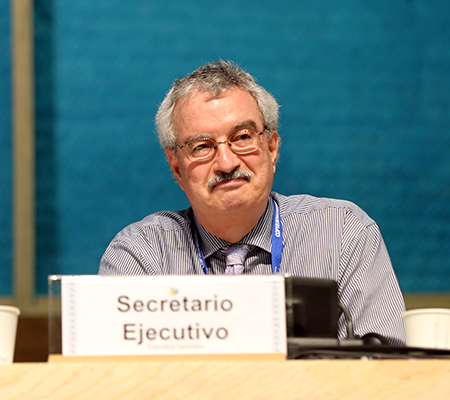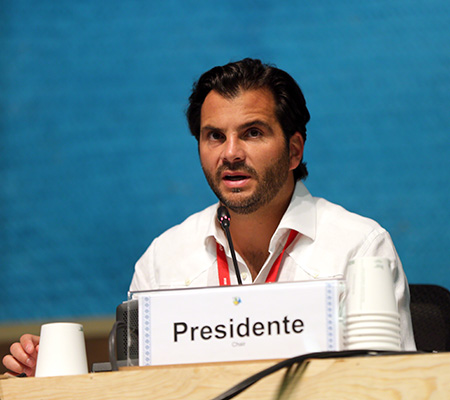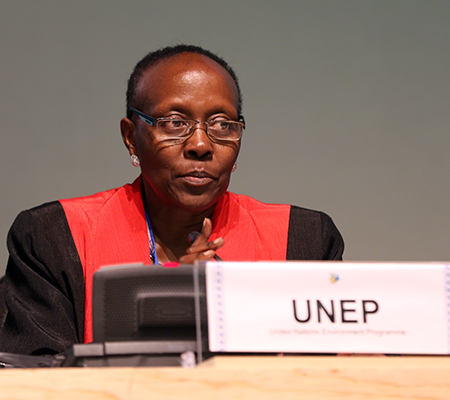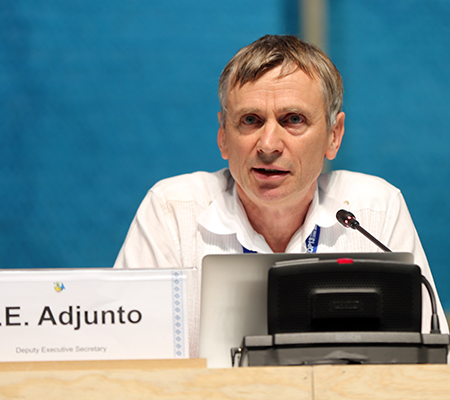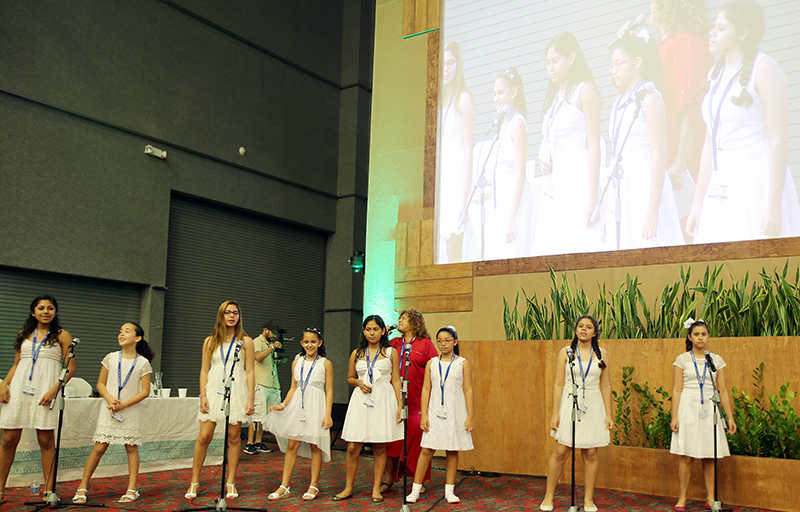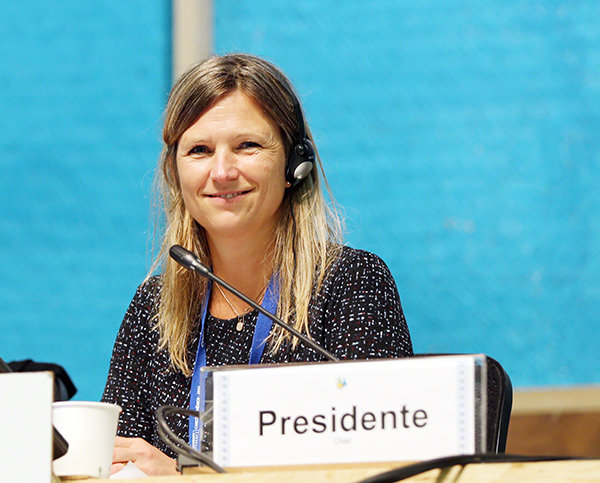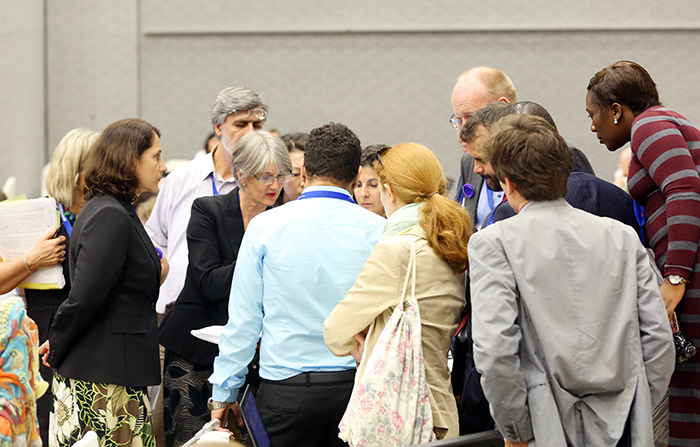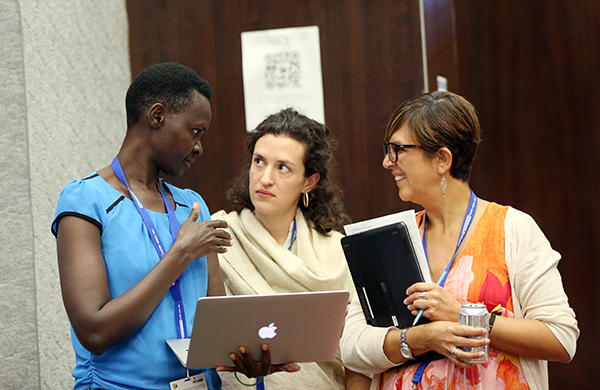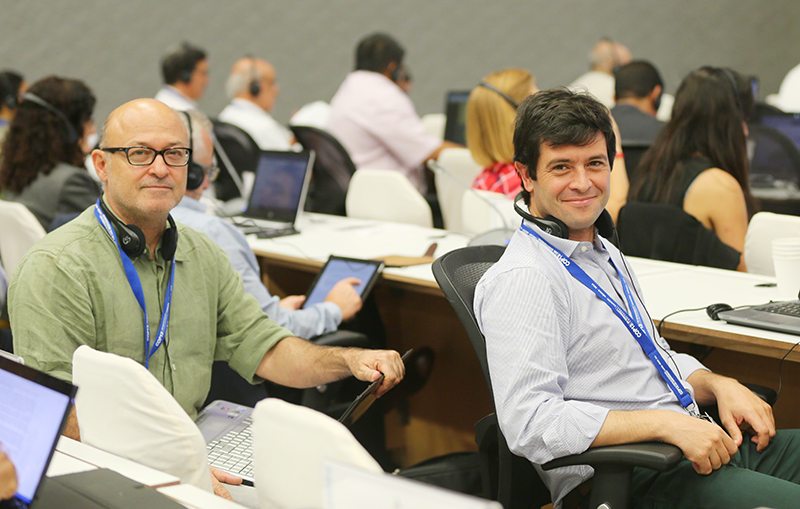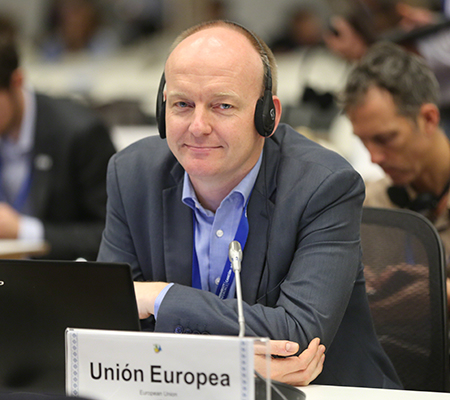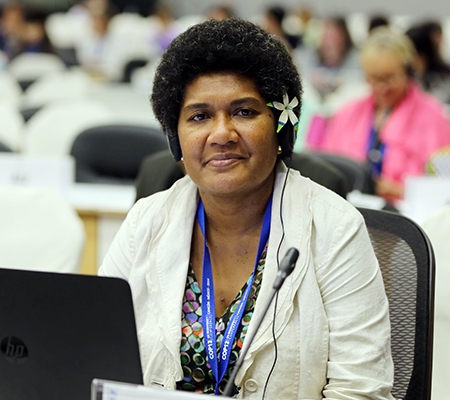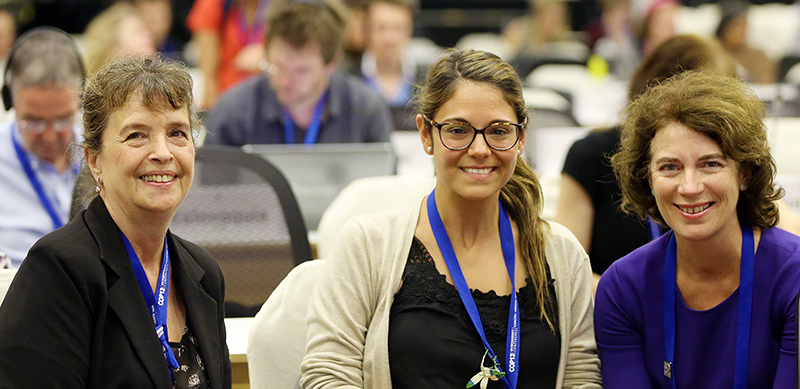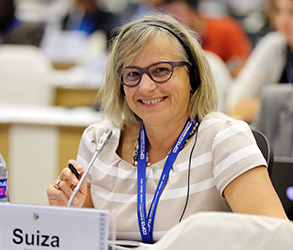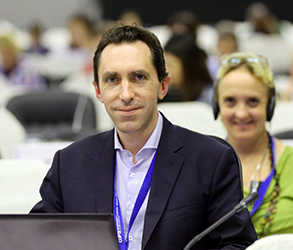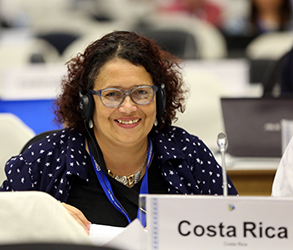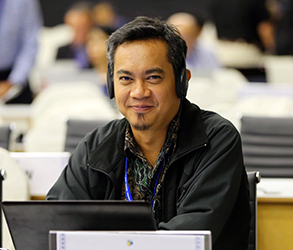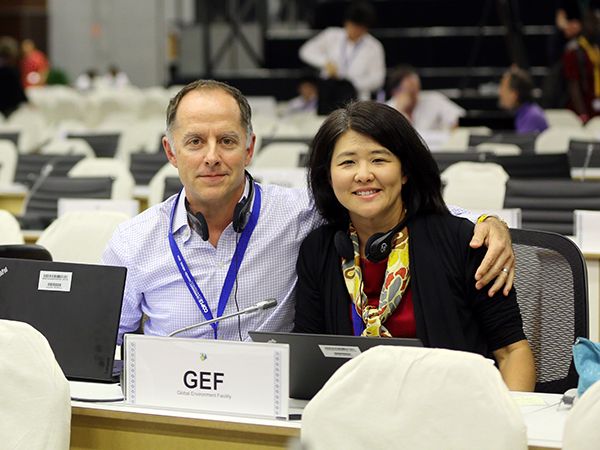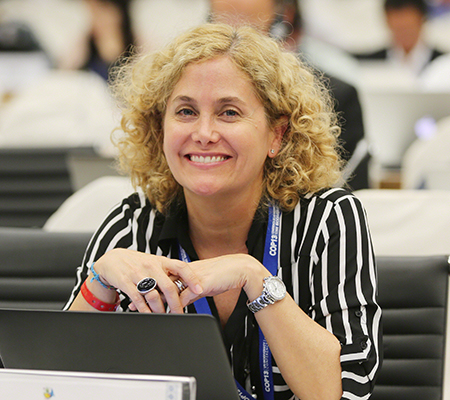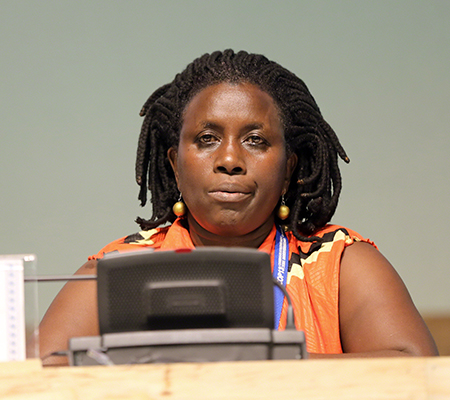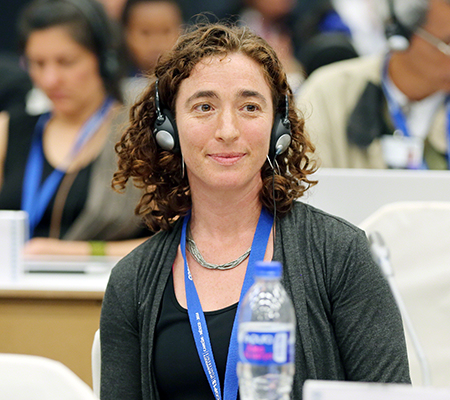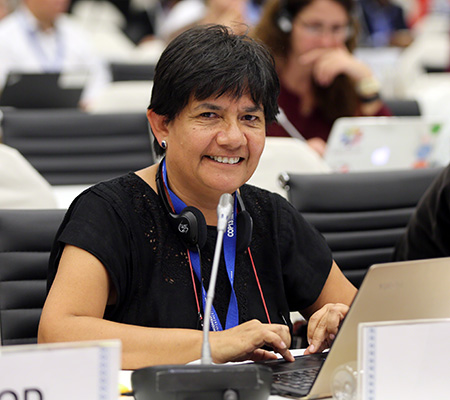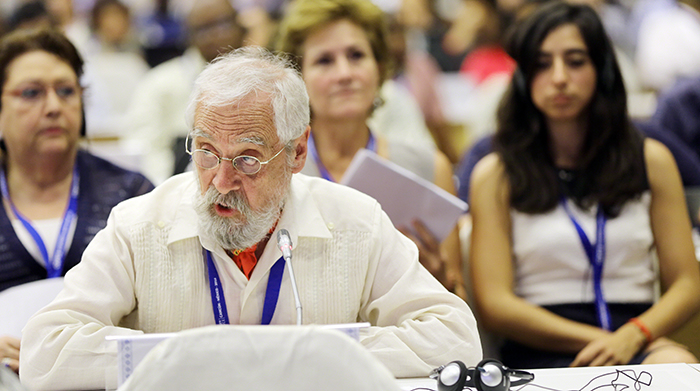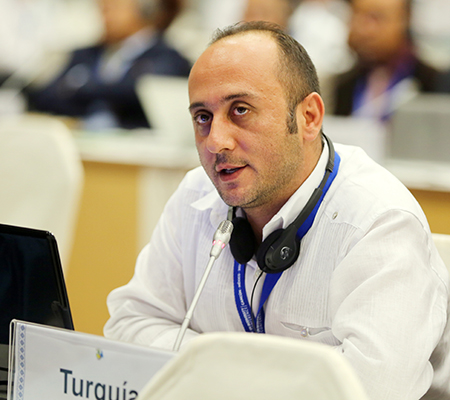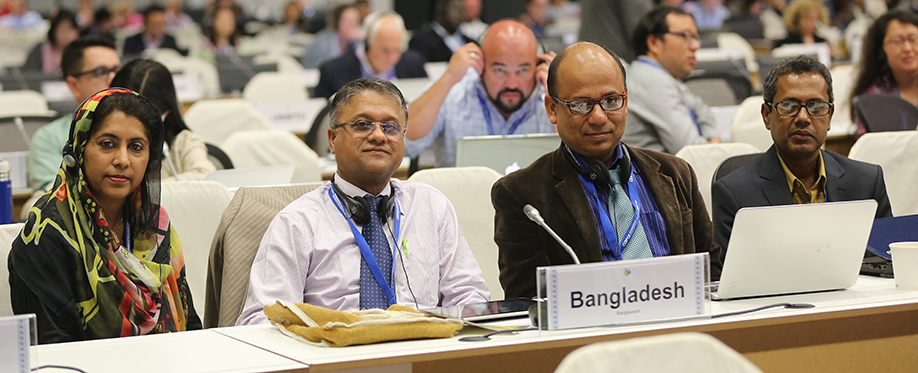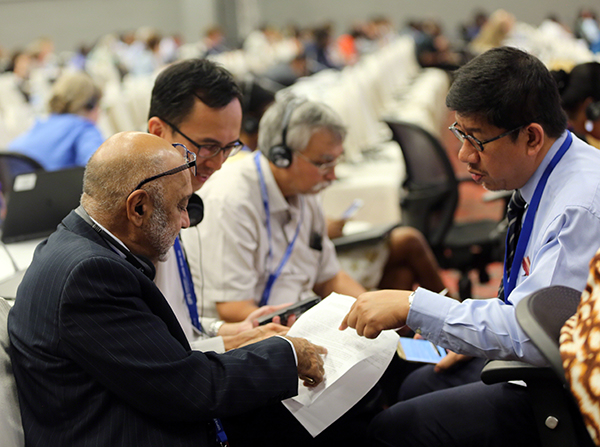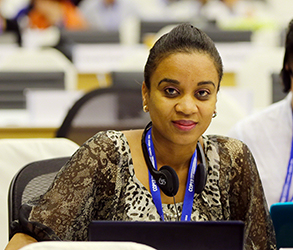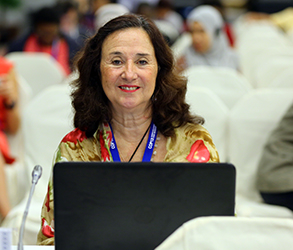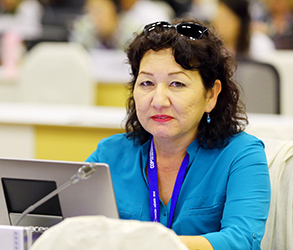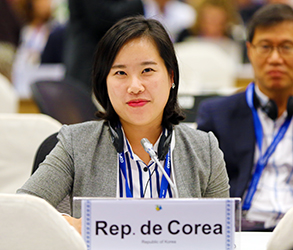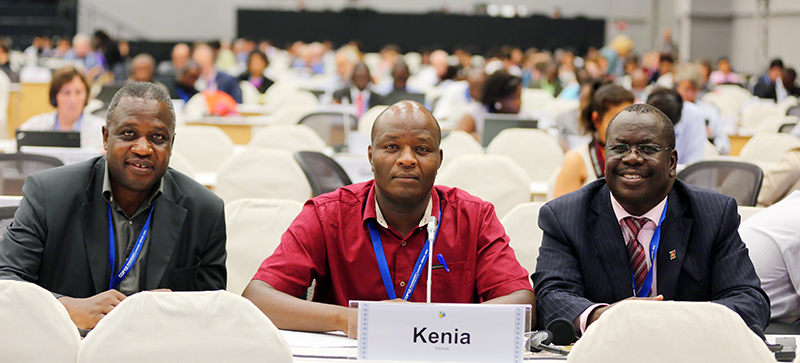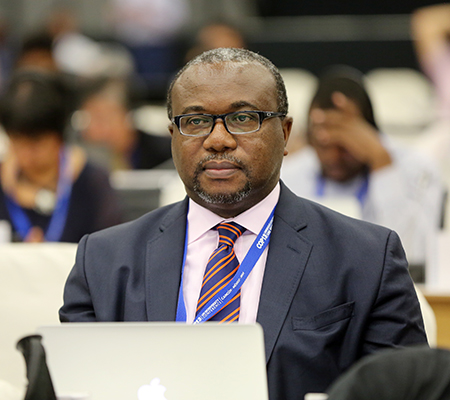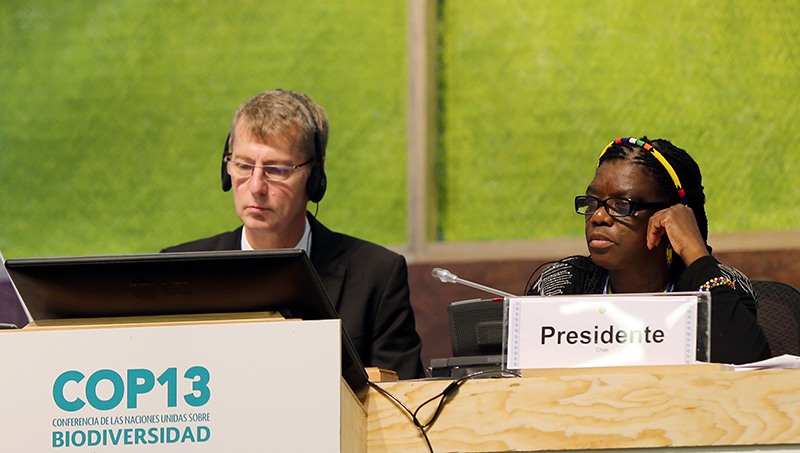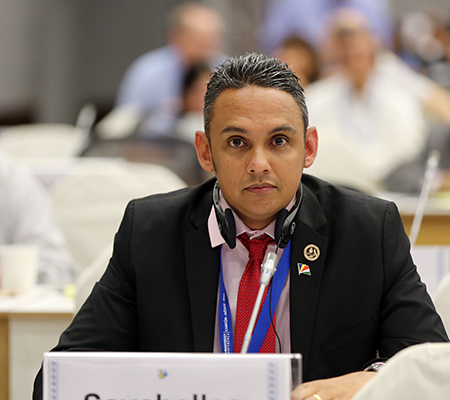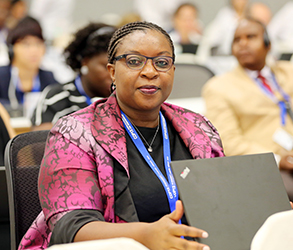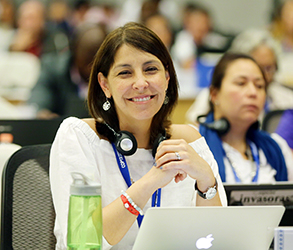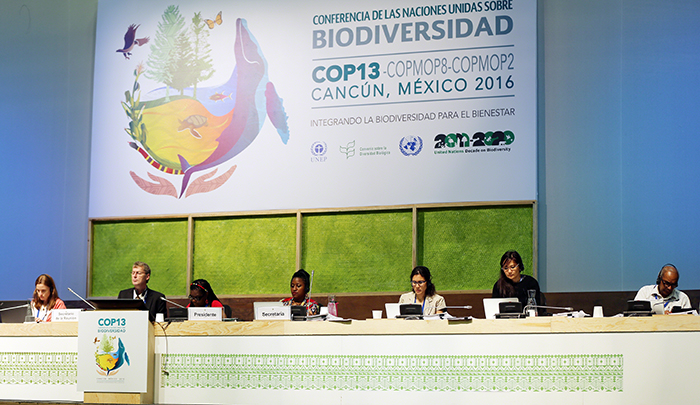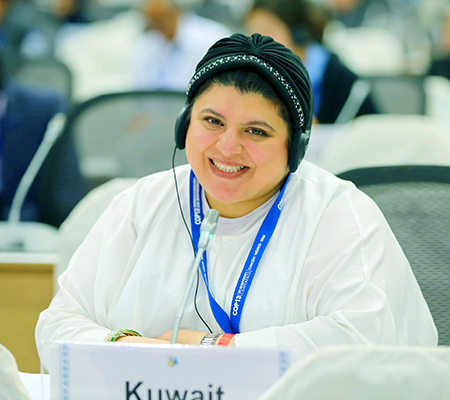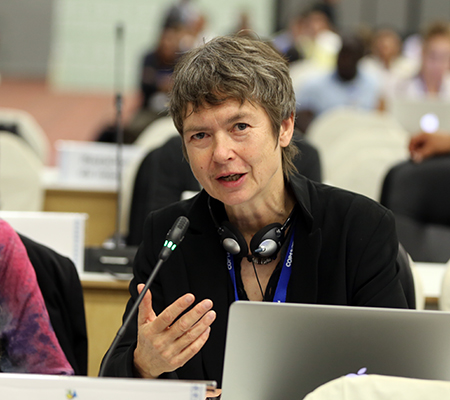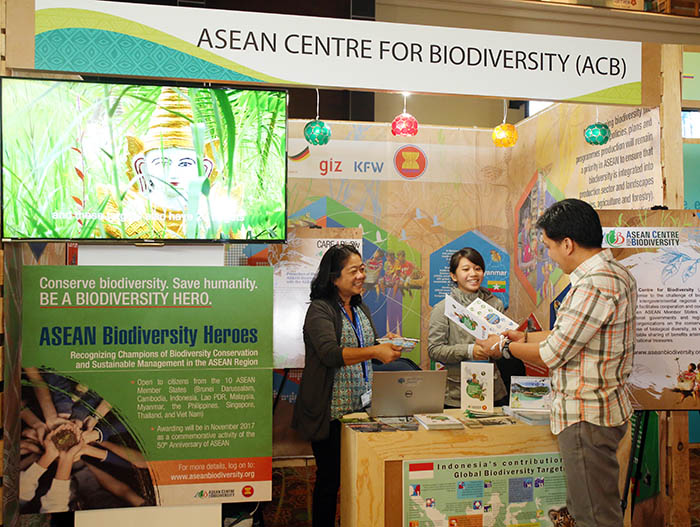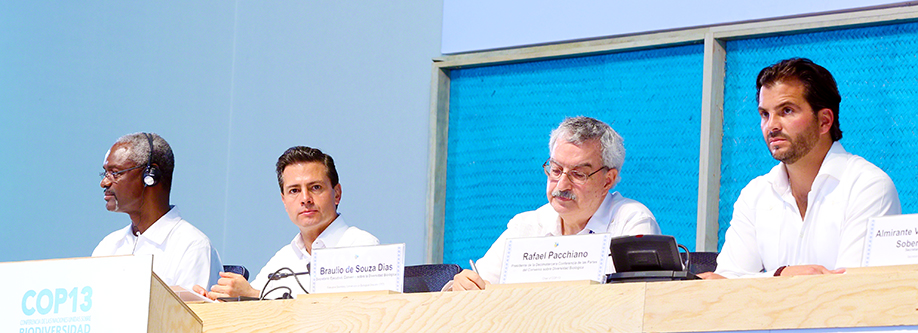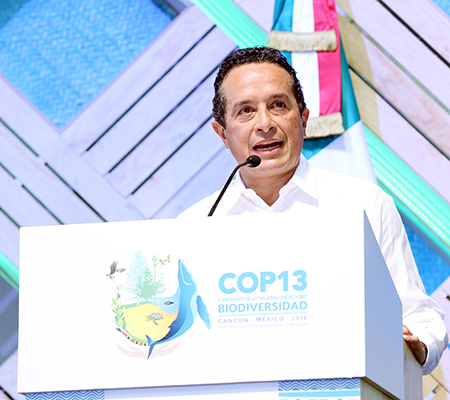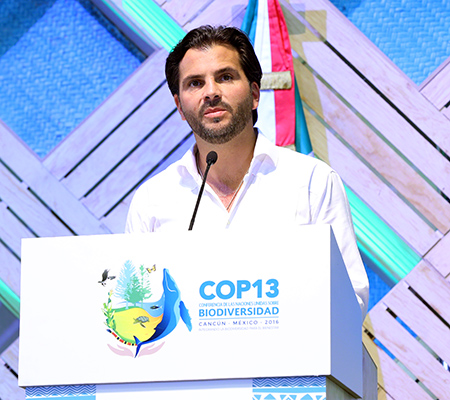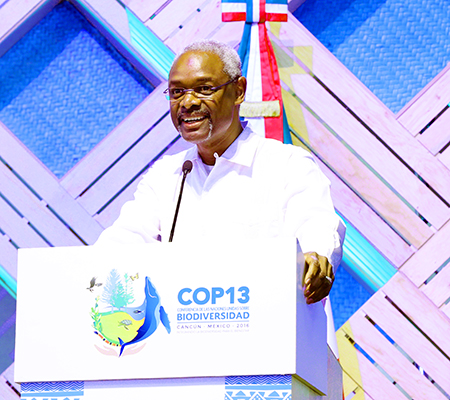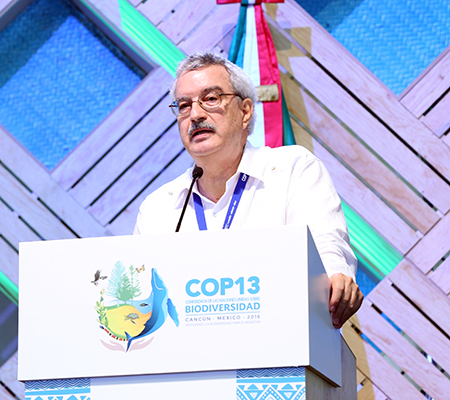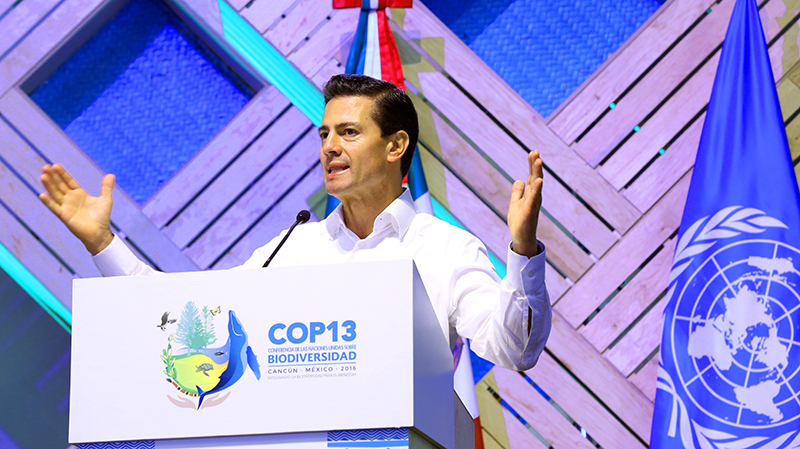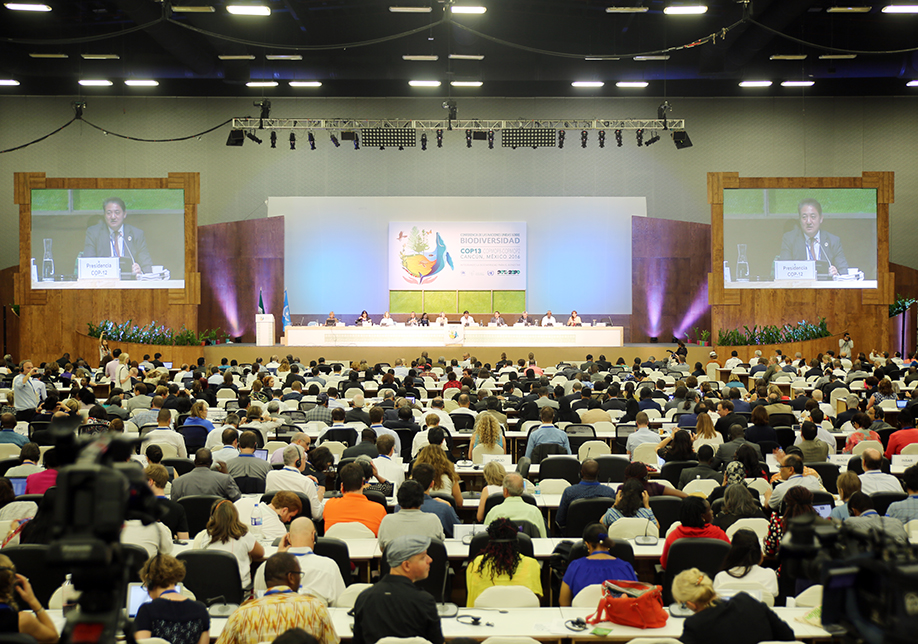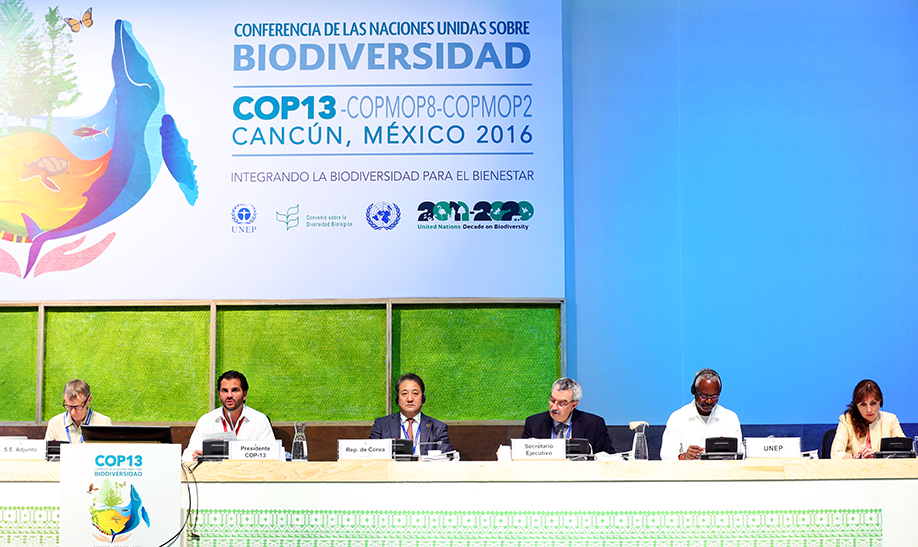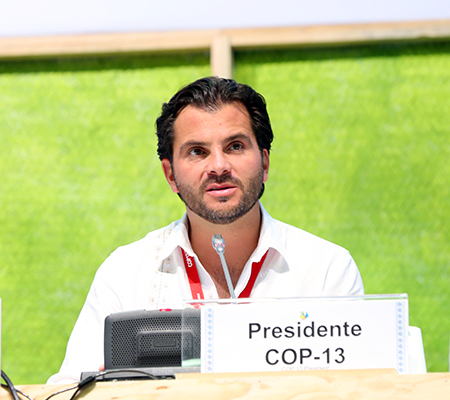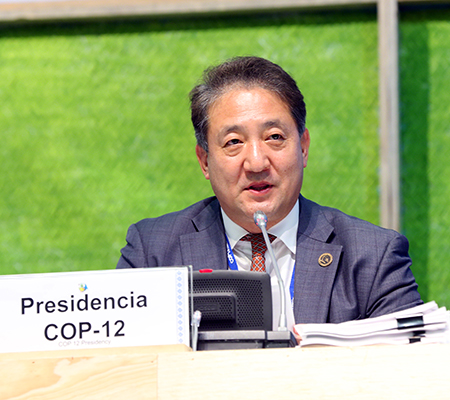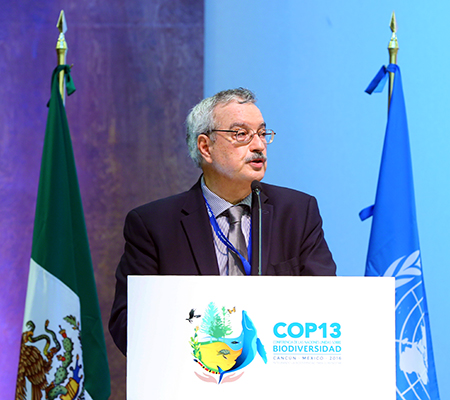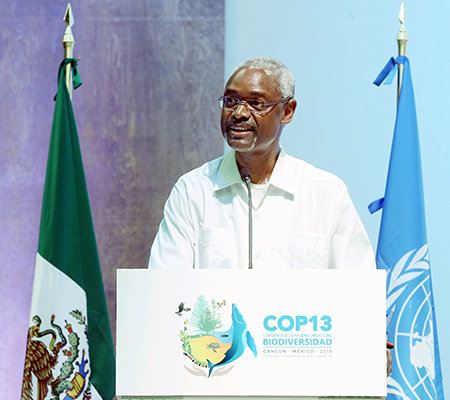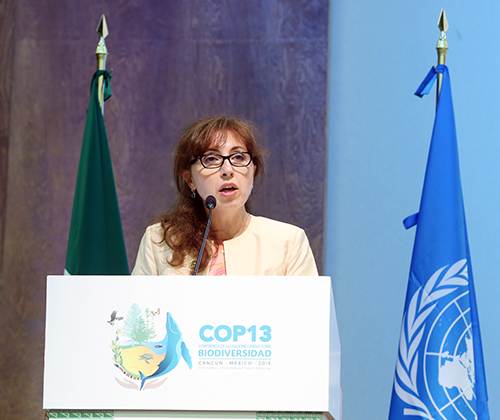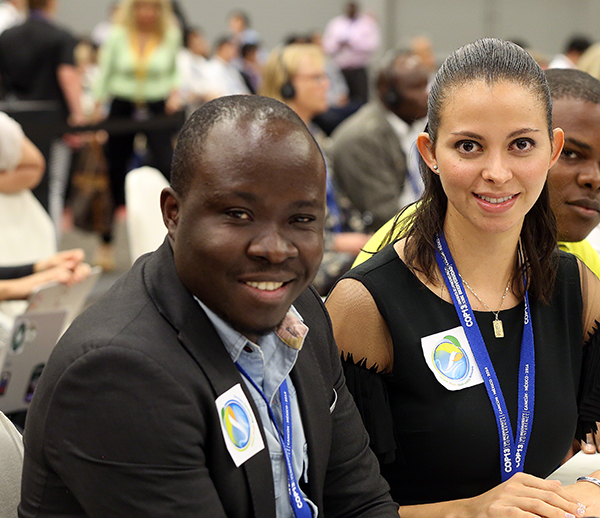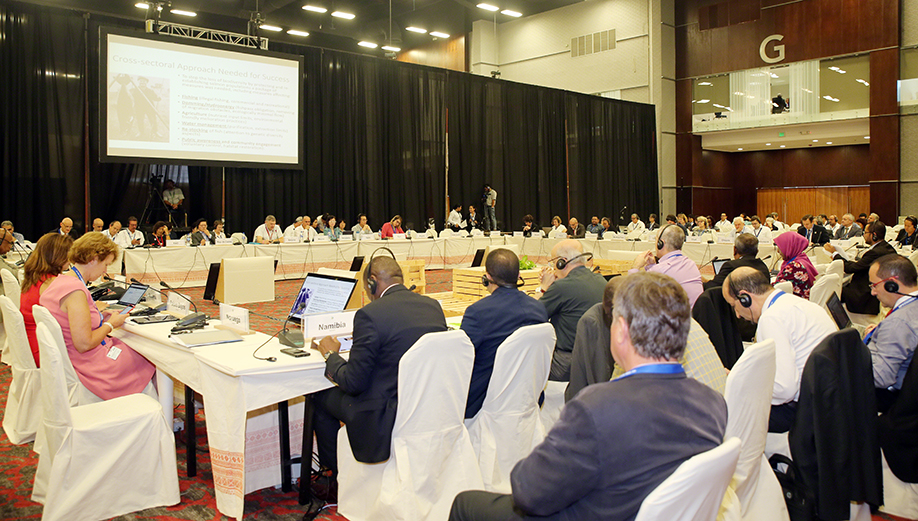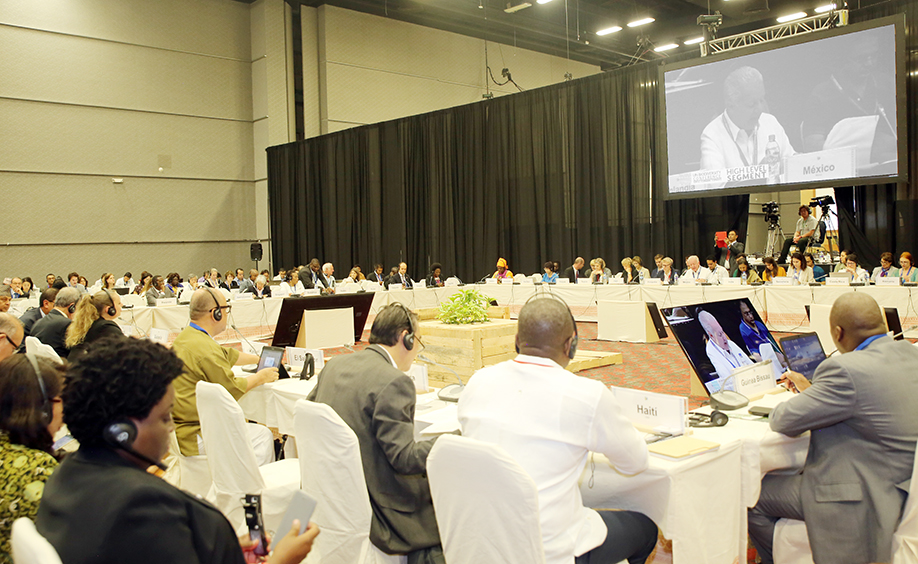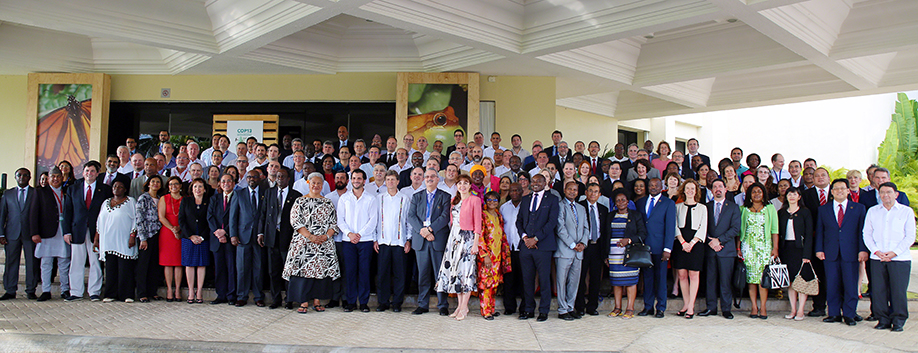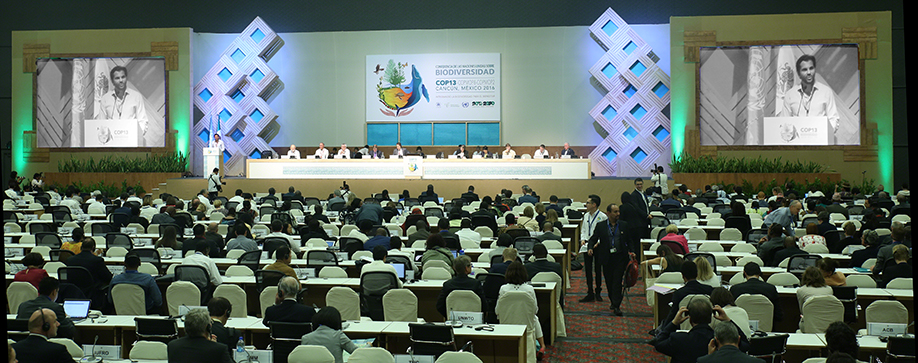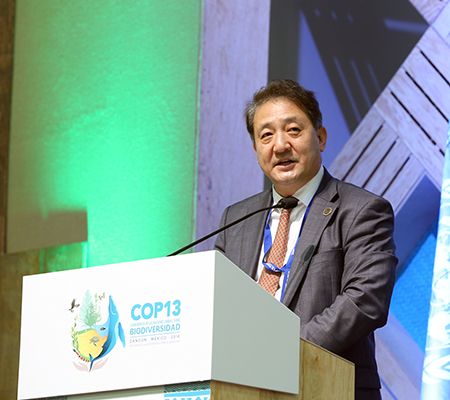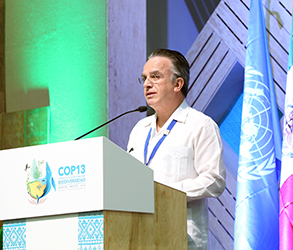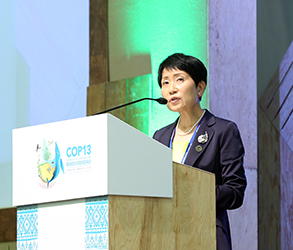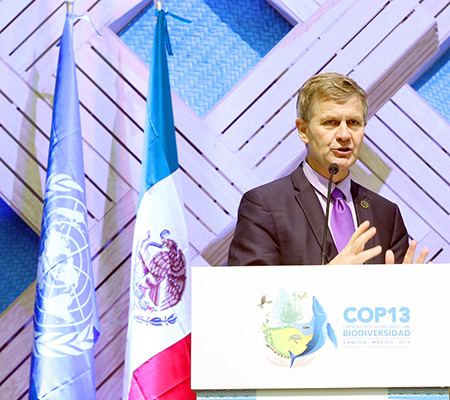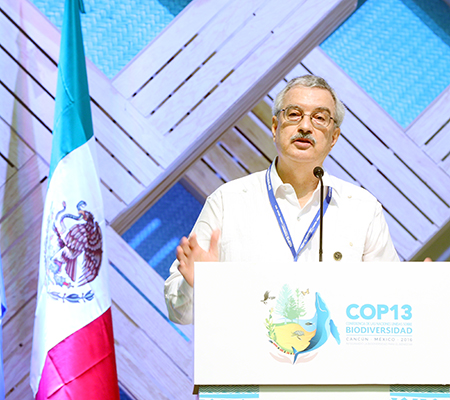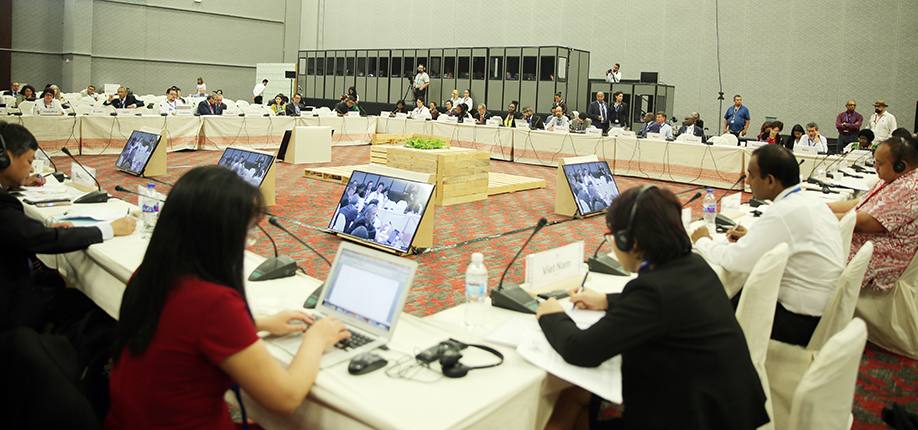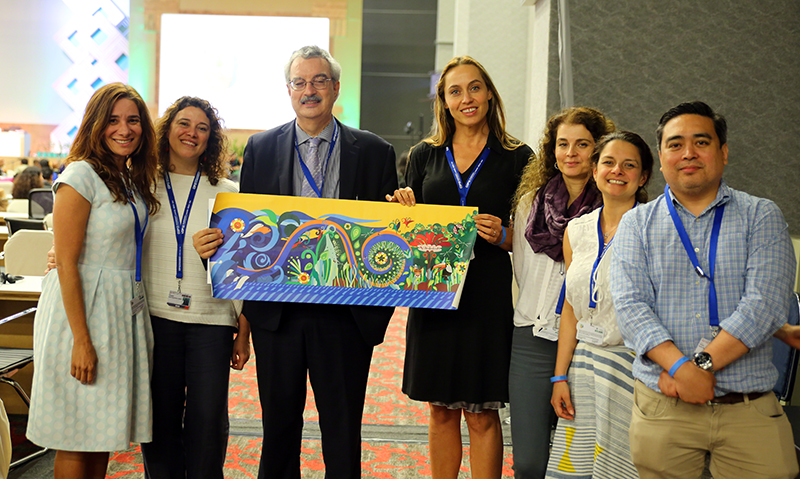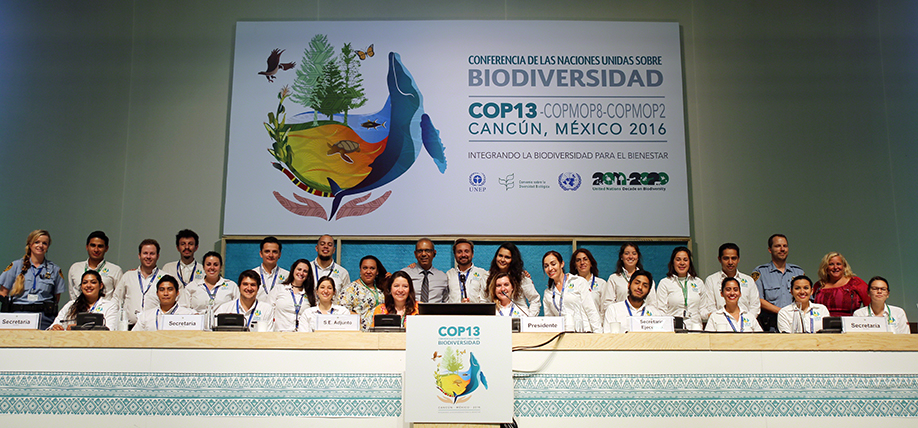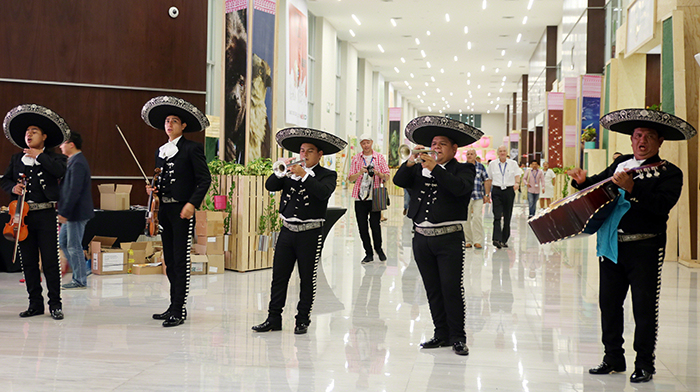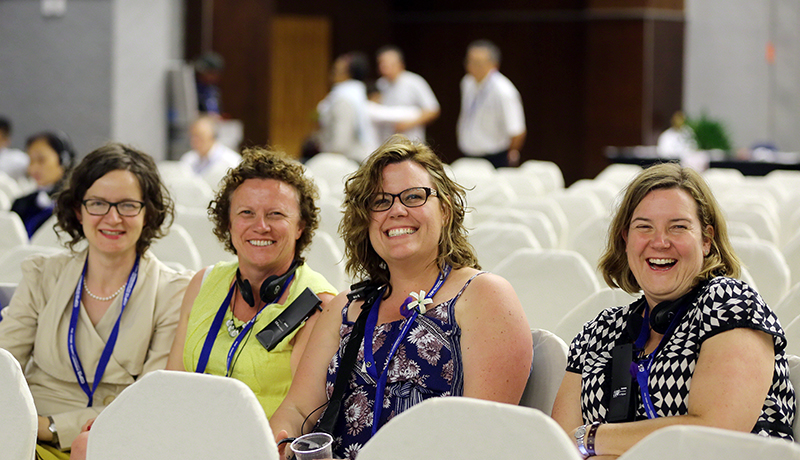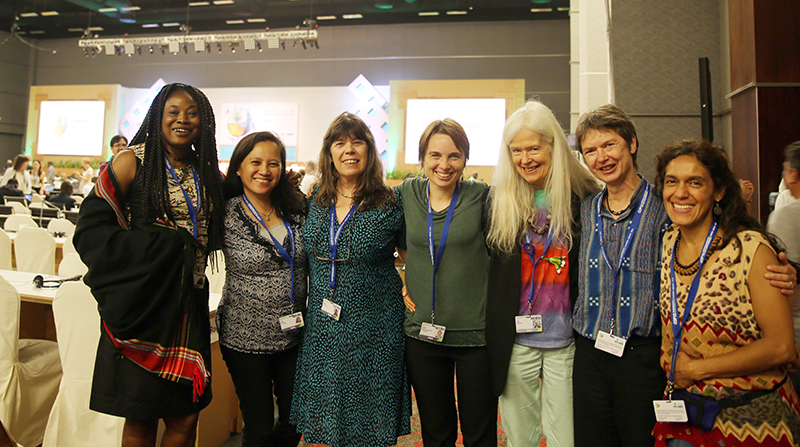UN Biodiversity Conference - Mainstreaming Biodiversity for Well-Being
2-17 December 2016 | Cancún, Mexico
Summary Highlights of the Meeting
Download ENB Meeting Reports |
|||||||||||||||||||||||||||||||||||||||||||||||
|
|||||||||||||||||||||||||||||||||||||||||||||||

| Follow @iisdrs | ||
|
||
|
|
||
|
IISD Reporting Services, through its ENB Meeting Coverage, has provided daily web coverage, daily reports and a summary and analysis report from the UN Biodiversity Conference. The summary and analysis report is available in HTML and PDF. | ||
Highlights for Saturday and Sunday, 17 and 18 December 2016
|
||
Plenary
|
|
|
|
|
|
|
|
|
|
|
|
|
Highlights for Friday, 16 December 2016
Visit the full ENB+ web coverage for Friday, 16 December 2016 |
||
|
|
|
|
|
|
|
|
Highlights for Thursday, 15 December 2016
Visit the full ENB+ web coverage for Thursday, 15 December 2016 |
||
|
|
|
|
|
|
|
|
Highlights for Wednesday, 14 December 2016
Visit the full ENB+ web coverage for Wednesday, 14 December 2016 |
||
|
|
|
|
|
|
|
|
|
Highlights for Tuesday, 13 December 2016
Visit the full ENB+ web coverage for Tuesday, 13 December 2016 |
||
|
|
|
|
|
|
|
|
|
|
|
|
|
Highlights for Monday, 12 December 2016
Visit the full ENB+ web coverage for Monday, 12 December 2016 WG II approved without, or with minor discussion, CRPs on the in-depth dialogue on thematic areas and other cross-cutting issues, best-practice guidelines on TK repatriation, and scientific assessment of progress towards selected Aichi Targets. WG II further addressed: implementation of Aichi Targets 11 (protected areas) and 12 (threatened species); the Global Biodiversity Outlook (GBO) and IPBES; indicators; and invasive alien species. Contact groups and Friends of the Chair groups met throughout the day to address: capacity building; unintentional transboundary movements under the Cartagena Protocol; sequence information on genetic resources; global multilateral benefit-sharing mechanism under the Nagoya Protocol; biodiversity mainstreaming; the financial mechanism; and synergies. |
||
|
|
|
|
|
Highlights for Friday, 9 December 2016
Visit the full ENB+ web coverage for Friday, 9 December 2016 |
||
|
|
|
|
|
|
|
|
|
|
|
Highlights for Thursday, 8 December 2016
Visit the full ENB+ web coverage for Thursday, 8 December 2016 The budget group met in the morning. Contact groups on resource mobilization, capacity building, the financial mechanism, synthetic biology and Article 8(j) met throughout the day. |
||
|
|
|
|
|
|
|
|
|
|
Highlights for Wednesday, 7 December 2016
Visit the full ENB+ web coverage for Wednesday, 7 December 2016 The budget group met in the morning. Contact groups on ecologically or biologically sensitive marine areas (EBSAs) and synthetic biology met in the evening. Friends of the Chair groups addressed invasive alien species and resource mobilization. |
||
 |
||
WG I dais |
||
|
|
|
|
|
|
|
|
|
|
|
Highlights for Tuesday, 6 December 2016
Visit the full ENB+ web coverage for Tuesday, 6 December 2016 |
||
|
|
|
|
|
|
|
|
|
|
|
Highlights for Monday, 5 December 2016
Visit the full ENB+ web coverage for Monday, 5 December 2016 |
||
|
|
|
|
|
|
|
|
Highlights for Sunday, 4 December 2016
Visit the full ENB+ web coverage for Sunday, 4 December 2016 Plenaries addressed organizational matters, and heard reports and opening statements. Rafael Pacchiano Alamán, Minister of Environment and Natural Resources, Mexico, was elected President of COP 13, CP/COP-MOP 8 and NP/COP-MOP 2. Mette Gervin Damsgaard (Denmark) and Skumsa Mancotywa (South Africa) were elected Chairs of Working Group I and Working Group II, respectively. |
||
|
|
|
|
|
|
|
|
|
|
|
Highlights for Saturday, 3 December 2016
Visit the full ENB+ web coverage for Saturday, 3 December 2016 |
||
|

David Cooper, Deputy Executive Secretary, CBD Secretariat, congratulates Rafael Pacchiano Alamán, |
||
|
|
|
|
|
Highlights for Friday, 2 December 2016
Visit the full ENB+ web coverage for Friday, 2 December 2016 The fourth Midori Prize for Biodiversity honoring outstanding contributions to conservation and sustainable use at local and global levels was awarded to Alfonso Aguirre-Muñoz, Grupo de Ecología y Conservación de Islas, Mexico; Yury Darman, World Wildlife Fund (WWF), Russia; and Vandana Shiva, Founder and Director, Navdanya, India. |
||
|
|
|
|
|
|
|
|
|
|
|
|
COP 13 Snapshots
|
|
|
|
||
|
|
|
|
|
|
IISD Reporting Services is grateful to the many donors of the Earth Negotiations Bulletin (ENB) and recognizes the following as core contributors to the ENB: the European Union, the Government of Switzerland (the Swiss Federal Office for the Environment (FOEN)), the Italian Ministry for the Environment, Land and Sea, and the Kingdom of Saudi Arabia. General Support for the Bulletin during 2016 is provided by the Austrian Federal Ministry of Agriculture, Forestry, Environment and Water Management (BMLFUW), the German Federal Ministry for the Environment, Nature Conservation, Building and Nuclear Safety (BMUB), the New Zealand Ministry of Foreign Affairs and Trade, SWAN International, the Finnish Ministry for Foreign Affairs, the Japanese Ministry of Environment (through the Institute for Global Environmental Strategies - IGES), the United Nations Environment Programme (UNEP), and the International Development Research Centre (IDRC). Funding for translation of the Bulletin into French has been provided by the Government of France, the Wallonia, Québec, and the International Organization of La Francophonie/Institute for Sustainable Development of La Francophonie (IOF/IFDD). |
||



